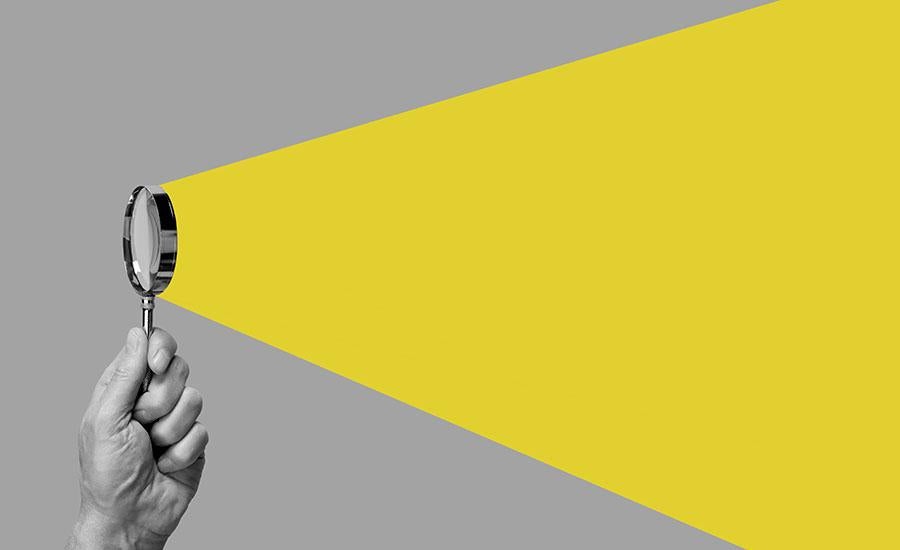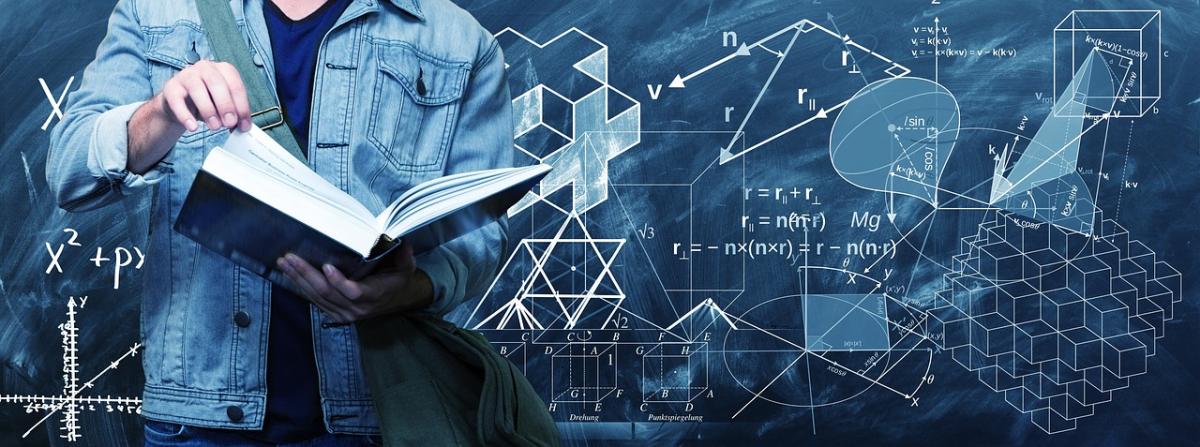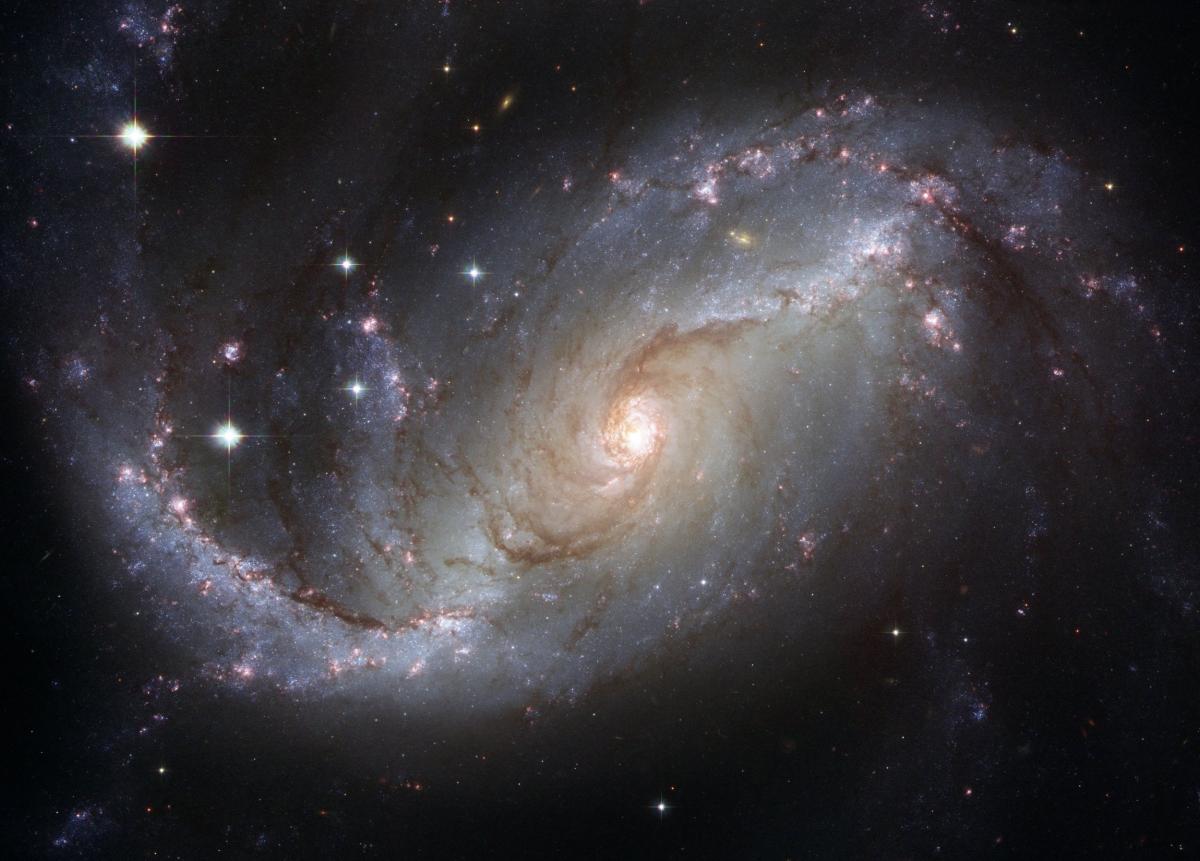
Sun and Shadow
by tawny bounds
Students will complete a shadow activity where they will learn what happens to shadows throughout the day. They will create a hypothesis, collect observable data, and come to a conclusion about a shadow's movement and the movement of the sun across the sky. They will also use rulers to measure the length of the shadows they trace and use math to compare their shadow in the morning versus the afternoon.
Lesson Grade Level
2nd GradeLesson Plan Link/URL
https://docs.google.com/presentation/d/1AxB9hRtUpYEjmKqvsMZ_rK4XA0inzsg2/edit?u…Subject Area
Science Earth and Space Science E2: Earth & the Universe Mathematics Measurement and Data (MD)
Featured
Off
Related Content

Grades:
5th Grade
Part 1: Rotation and Revolution (of Earth) Phenomenon: Why do we experience periods of day and night? This is a 1 to 3-day lesson with five activities primarily focusing on rotation of the Earth which

Grades:
11th Grade, 12th Grade
In this hands-on lesson, students from the Trigonometry class construct a sundial and see the experimental application of Trigonometry. Student will not just delve into trigonometry, but they will

Grades:
3rd Grade, 4th Grade, 5th Grade
This is the first of four lessons based on the novel Space Case by Stuart Gibbs. This lesson will help create equitable background knowledge for the literature-infused project-based learning project